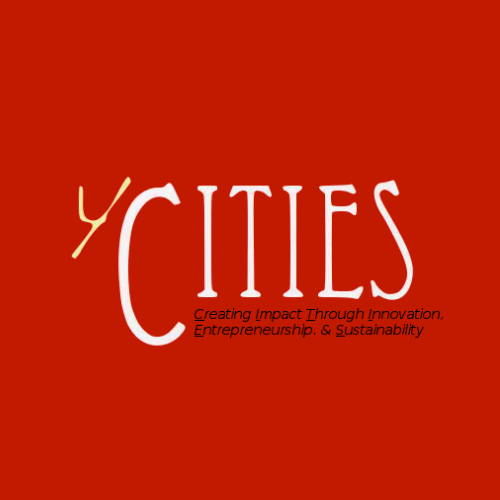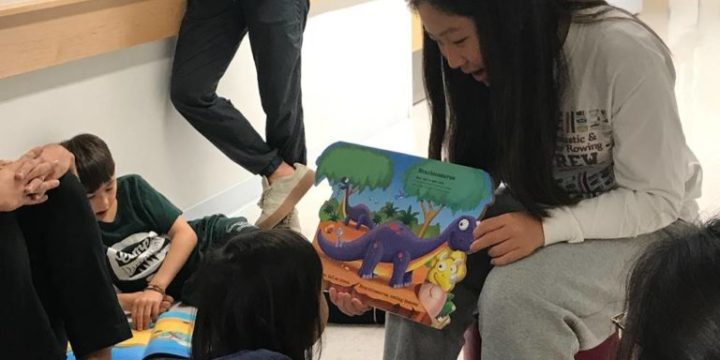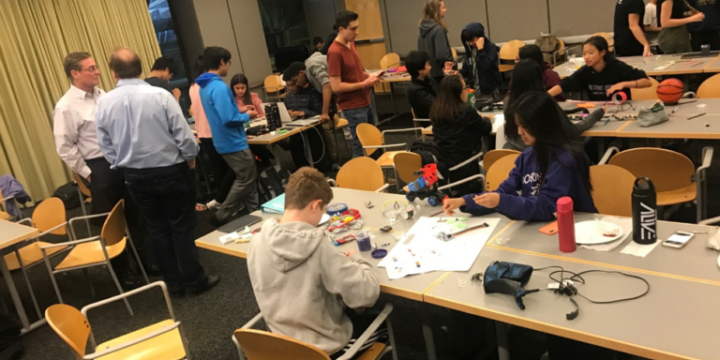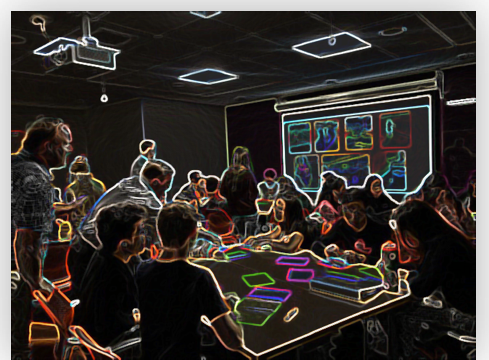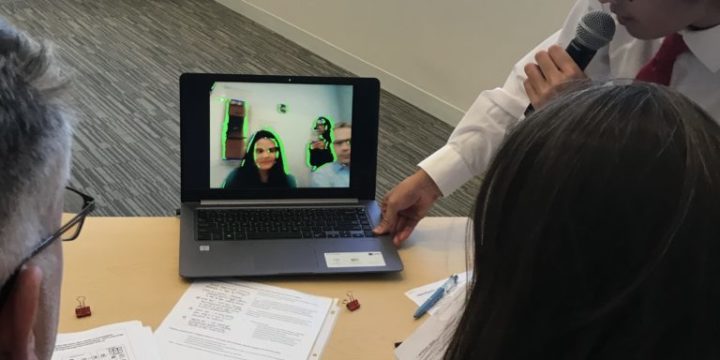
L3 Innovation Challenge Demo Day – by Andrew Holmes
When I was in high school going through Youth CITIES March to May Bootcamp myself, I was exposed to an entirely new world of innovative leaders and a new way of thinking, and pushed myself to present my work in front of a crowd of people far larger than I’d ever presented to in a classroom setting. It was a whole new way of thinking, and gave me the confidence I needed to make the transition to an independent college student. Now that I’ve graduated from college and returned to Youth CITIES to mentor the L3 Innovation Challenge, seeing these students grow over just 7 short weeks has made me realize all over again how impactful this program is and its ability to introduce students to a whole new way…
